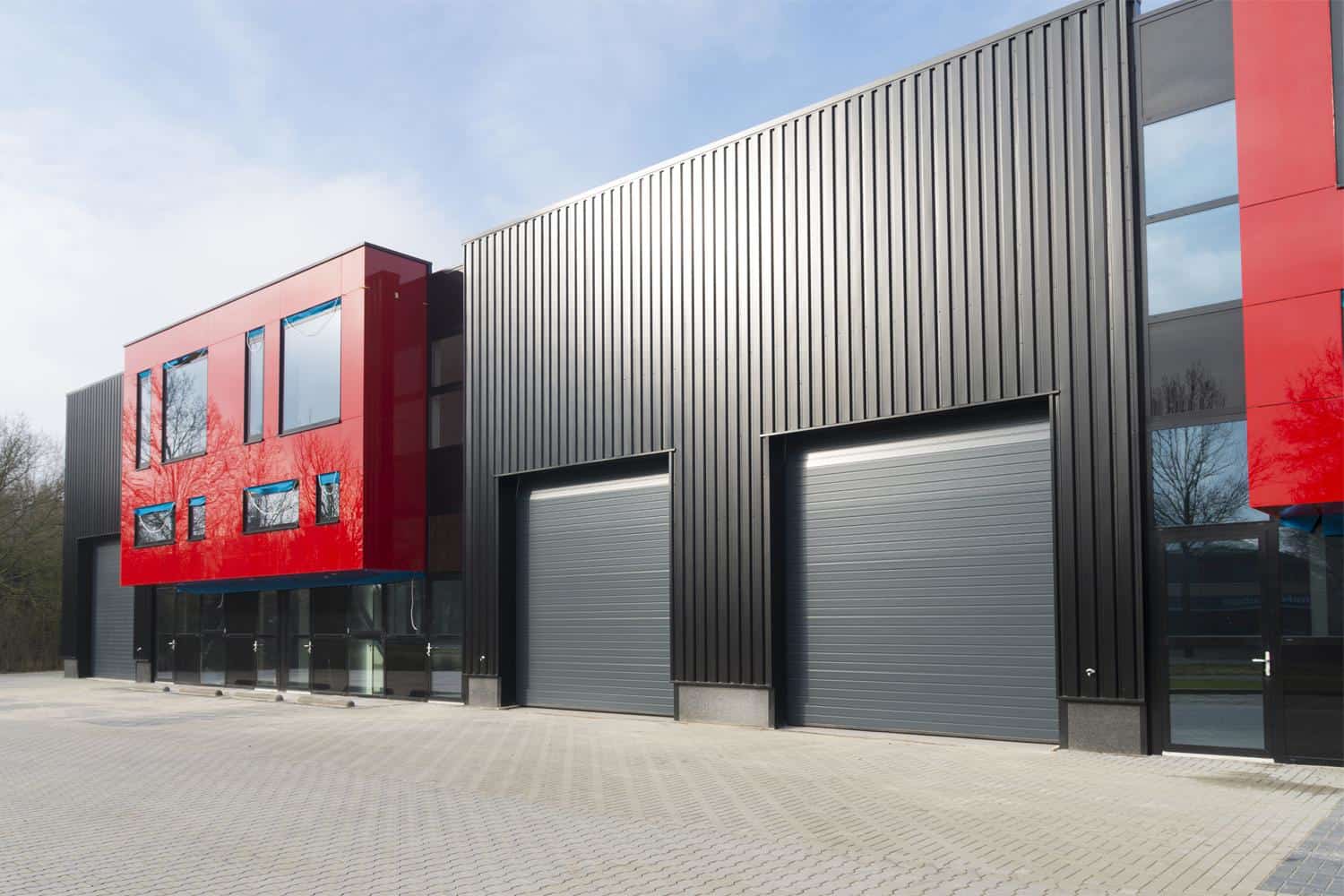Aluminium Composite Panels (ACPs) are increasingly popular in modern architecture due to their unique combination of strength, lightweight properties, and aesthetic versatility. This article delves into the strength characteristics of ACPs, exploring their structural composition, mechanical properties, performance characteristics, and applications.
Understanding Aluminium Composite Panels
What are Aluminium Composite Panels?
Aluminium Composite Panels consist of two thin layers of aluminum enclosing a non-aluminum core, which is typically made from polyethylene or fire-retardant materials. This composite structure results in a material that is both strong and lightweight, making it ideal for various applications in the construction industry.
Structural Composition of ACPs
- Outer Layers: Two aluminum sheets, usually between 0.3 mm and 0.5 mm thick.
- Core Material: Commonly polyethylene for general use or fire-retardant materials for enhanced safety.
- Total Thickness: Typically ranges from 3 mm to 6 mm.
This layered structure provides excellent rigidity and durability while maintaining a low weight, which is crucial for reducing the overall load on building structures.
Mechanical Strength Properties
The strength of Aluminium Composite Panels can be quantified through several key mechanical properties:
| Property | Typical Range (MPa) |
| Tensile Strength | 110 – 160 |
| Compressive Strength | 70 – 120 |
| Flexural Strength | 130 – 180 |
| Shear Strength | 70 – 100 |
Key Strength Characteristics
- High Strength-to-Weight Ratio: ACPs are significantly lighter than solid metal panels, weighing approximately 3-4 kg per square meter.
- Impact Resistance: They can withstand significant impact forces without deforming.
- Dimensional Stability: ACPs maintain their shape under varying temperature conditions and resist warping.
- Corrosion Resistance: The aluminum surface naturally protects against corrosion, making ACPs suitable for harsh environments.
Factors Affecting the Strength of ACPs
Several factors influence the strength characteristics of Aluminium Composite Panels:
- Core Material Composition: The type of core material (polyethylene vs. fire-retardant) can affect overall strength.
- Thickness of Aluminum Layers: Thicker aluminum layers generally enhance strength.
- Manufacturing Process: Quality control during manufacturing ensures optimal bonding between layers.
- Panel Thickness: Thicker panels provide greater rigidity and strength.
Performance Characteristics of ACPs
Aluminium Composite Panels exhibit several performance characteristics that make them suitable for a variety of applications:
1. Environmental Resistance
- UV Resistance: Special coatings are available to prevent color fading and degradation from sunlight exposure.
- Temperature Performance: ACPs can operate effectively in temperatures ranging from -40°C to +80°C without losing structural integrity.
2. Insulation Properties
- Thermal Insulation: The core material acts as a thermal barrier, improving energy efficiency in buildings.
- Sound Insulation: ACPs provide sound dampening capabilities due to their layered structure.
3. Fire Resistance
Many ACPs are available with fire-retardant cores, enhancing safety in building applications where fire risk is a concern.
Comparative Strength Analysis
When comparing Aluminium Composite Panels to other materials commonly used in construction:
| Material | Weight (kg/m²) | Strength Characteristics |
| Aluminium Composite Panel | 3 – 4 | High tensile and compressive strength |
| Solid Aluminum | 11.47 | Heavier but less flexible |
| Steel | Varies | Strong but significantly heavier |
| Wood | Varies | Weaker and more susceptible to environmental damage |
ACPs are notably stronger than wood panels and lighter than steel sheets, making them an attractive option for architects and builders.
Applications Demonstrating Strength
The unique strength characteristics of Aluminium Composite Panels make them suitable for various applications:
- Architectural Cladding: Used extensively in building facades due to their aesthetic appeal and durability.
- Signage: Lightweight yet strong enough to withstand outdoor conditions.
- Interior and Exterior Building Facades: Provides a modern look while ensuring structural integrity.
- Transportation Industry: Used in vehicle panels where weight reduction is crucial without compromising strength.
- Industrial Equipment Panels: Ideal for environments requiring robust materials that can withstand wear and tear.
Important Considerations
When selecting Aluminium Composite Panels for specific applications, consider the following:
- Always consult manufacturer specifications for precise technical details.
- Understand that strength can vary between different product lines.
- A professional engineering assessment is recommended for critical applications.
Limitations
While ACPs offer numerous advantages, they also have limitations:
- They can be punctured under extreme point loads if not properly supported.
- Potential for delamination if manufacturing quality is compromised.
- Requires proper installation techniques to ensure optimal performance.
Conclusion
Aluminium Composite Panels represent a remarkable blend of strength, versatility, and aesthetic appeal, making them a preferred choice in modern construction. Their high strength-to-weight ratio, impact resistance, and environmental durability position them as an ideal material for various architectural applications. As building designs continue to evolve, the use of ACPs will likely expand further, offering innovative solutions that meet both functional and aesthetic requirements.
In summary, understanding “how strong is aluminium composite panel” involves recognizing its exceptional mechanical properties and the factors that contribute to its performance in diverse environments. Whether used in high-rise buildings or intricate signage systems, ACPs stand out as a robust choice that balances form and function effectively.


Leave a Reply